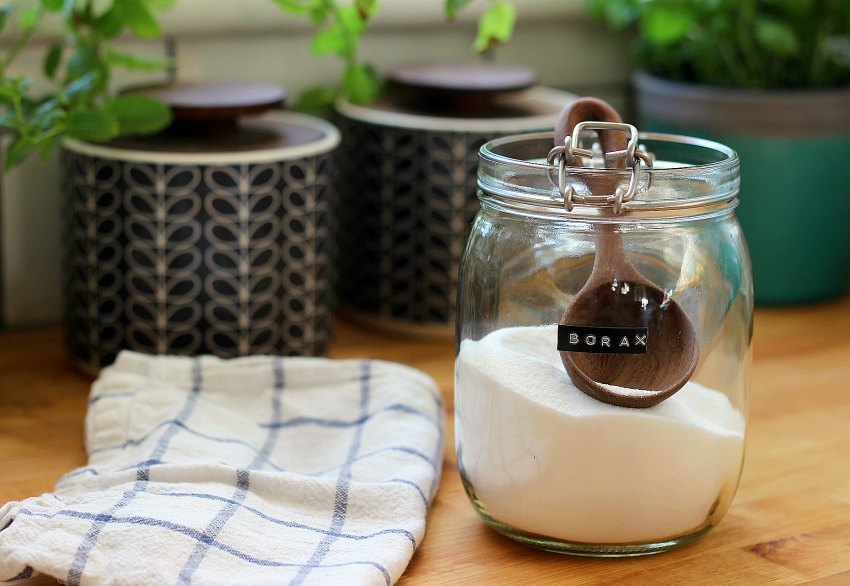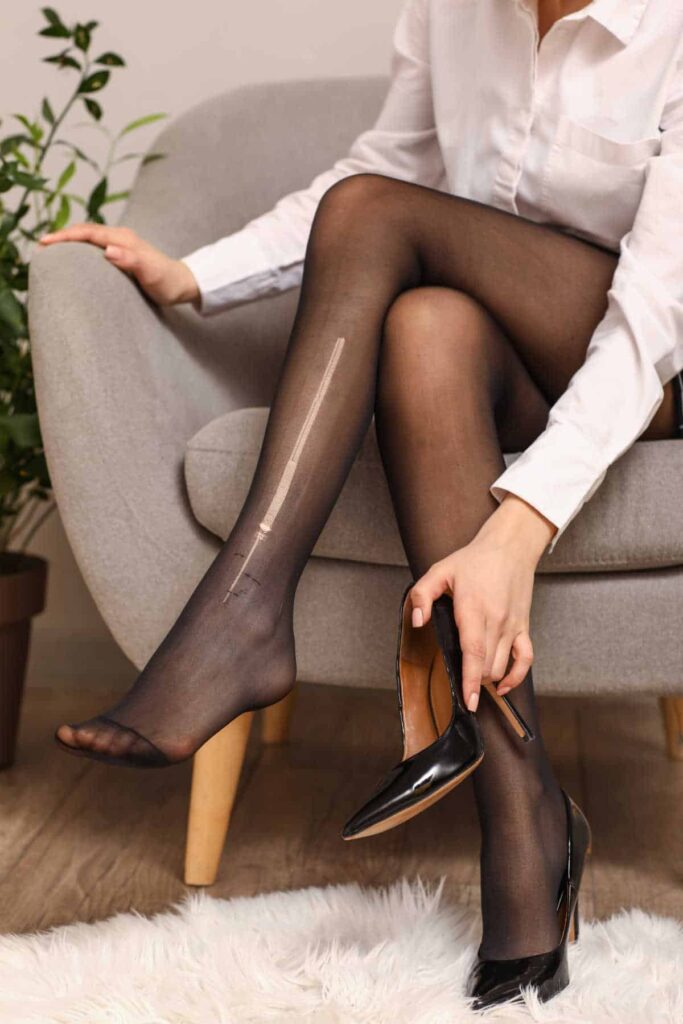How To Recycle & Upcycle Pillows In The UK Sustainably
To support the running costs of Moral Fibres, this post may contain affiliate links. This means Moral Fibres may earn a small commission, at no extra cost to readers, on items purchased through these links.
Is your old pillow no longer up to the job? Here’s how to recycle your old pillows sustainably, alongside some clever upcycling tips.
Pillows are an essential part of getting a good night’s sleep. But as essential as they are, when it comes to the end of their lifespan it’s tricky to recycle pillows properly.
You can’t put pillows in your household recycling bins. No one wants to buy an old pillow. And charity shops and textile recycling bins don’t want your used pillows either. Just what is a responsible recycler to do?
If your old pillow is past its best, then it may feel like the only option is to send it to landfill. But don’t chuck it in the bin just yet.
While pillows are harder to recycle than most other household items, there are still lots of ways you can recycle and upcycle your old pillows in the UK. I’ve got heaps of ideas right here, that help avoid contributing to problematic landfill sites.
What To Do With Your Old Pillows

Whilst there aren’t any standard avenues for recycling old pillows responsibly in the UK, there are lots of ways you can recycle them. Let’s chat through the available options:
1. Upcycle Your Old Pillows
When it comes to sustainability, the single most eco-friendly option is always to repurpose and reuse.
Whilst you might be scratching your head as to how to reuse your old pillow, there are many ways to upcycle or recycle it into something new. Alternatively, you can use parts of your pillow to extend the life of your existing items.
As a starter for ten, here are some creative ways to give your old pillows a new lease of life around the home:
- Use the filling from your old pillow to make draught excluders. This is a fun, thrifty and energy-efficient way to keep cold draughts at bay. Old feather, down, or hollow fibre pillows make the best fillings for draught excluders.
- Top up other cushions or pillows around your home that are looking a little flat. Again, this is best for old feather, down, or hollow fibre pillows.
- Do you have a teddy that’s been hugged to an inch of its life? Use some filling from your pillow to plump it up.
- Got a cat or a small dog? Your old pillow would make for a great pet bed for your furry friend – absolutely no DIY required!
- Into gardening? Buy a waterproof pillow protector to pop over your old pillow, and then use the pillow to cushion your knees whilst weeding. No more sore knees!
- Pop a nice pillowcase on them and use them as floor cushions.
2. Pass Them On To Good Causes
Due to hygiene risks, old pillows aren’t a standard item that is readily accepted by charity shops or homeless shelters. However, you may still be able to pass on your old pillows to help benefit good causes.
Dog and cat rescue charities, for example, often take old pillows to use as animal bedding. Call ahead to see if they can take your pillows before making the journey. It may be that they are overwhelmed by donations or don’t recycle old pillows in this way.
3. Downcycle Them

If none of the above options offer the right solution for recycling your old pillows, you can downcycle them into craft supplies for the future. Who knows when a bundle of feathers or some stuffing might come in handy?! Meanwhile, the fabric casing could be useful for making clothing repairs.
Alternatively, crafters may well be able to make use of the pillow filling in craft projects. Try laundering your old pillows, before listing them for free on places like Facebook Marketplace or Freecycle to see if any local crafters will take them.
4. Compost Them

Finally, if none of the above options are suitable to recycle your pillow, then don’t worry. Instead, consider composting your old pillow, if possible. You’ll be rewarded with lovely peat-free compost for your garden.
The bad news is that not every pillow is suitable for composting. However, if your pillow is feather or down-filled or is encased in 100% cotton or another 100% natural fibre, then it may well be that at least part of your pillow is compostable.
Feathers and down can be composted – they are considered a green material. These break down relatively quickly in your compost bin and add nitrogen to your soil.
To compost your feathers, open up your pillow, and pour the feathers into your home compost bin (not your kerbside food waste bin). Make sure to add a good mix of brown materials to get the best results.
While other types of pillow fillings don’t tend to be compostable, it may well be that the fabric pillow cover is.
If the fabric isn’t certified organic, then check with the manufacturer first to see if it is suitable for composting. Some fabrics – even natural fibres – can be treated with fire-retardant chemicals that could compromise their ability to break down in your compost bin or leach undesirable chemicals into your compost.
If you get the go-ahead to compost, then don’t pop the pillow fabric straight into the compost bin. There is a bit of prep work involved first.
Most types of thread and fabric glue aren’t compostable, so you may first need to cut out the seams. You should also remove any care labels and zips. The fabric also needs to be cut up into small pieces, to help encourage it to break down quickly.
Once you’re done, add the fabric to your home compost bin. Fabric is considered a brown material when composting, so make sure you add a good mix of green compost material to keep the composting process going.
The Bottom Line
There’s no getting around it, old pillows are harder to recycle than most other household items. Yet, if you’re prepared to get a little creative or do a bit of leg work then there are still lots of ways you can recycle and upcycle your old pillows in the UK.
Whether you upcycle them, pass them on to good causes, downcycle them or compost them, there are lots of ways to help keep them out of landfill and in active use for longer. Plus you’ll sleep a whole lot better, knowing that your old pillow isn’t contributing to landfill.
If you are looking to upgrade your sleeping situation, do also check out my guide to ethical bedding for lots of sustainable suggestions.
Found this post useful? Please consider buying me a virtual coffee to help support the site’s running costs.




